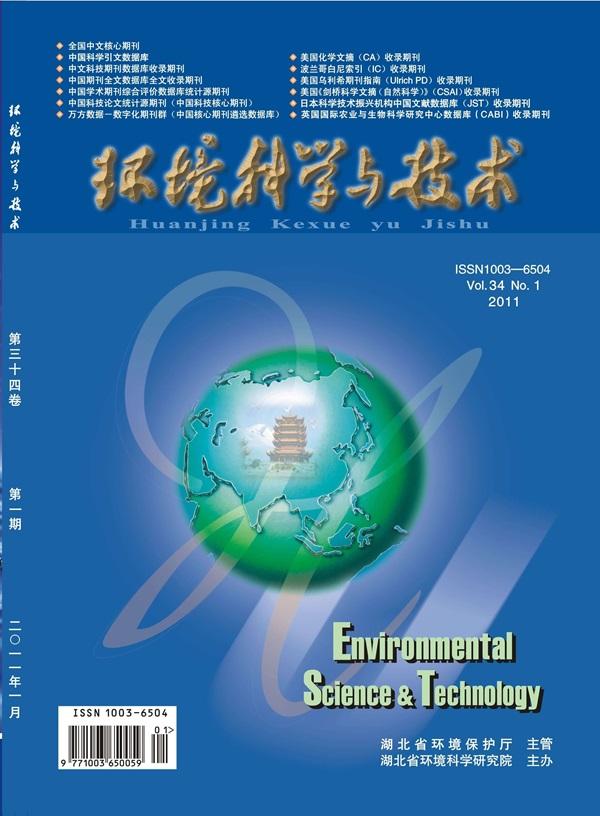Subchronic and Acute Toxicity of 6PPD-Quinone to Early Life Stage Rainbow Trout (Oncorhynchus mykiss)
IF 10.8
1区 环境科学与生态学
Q1 ENGINEERING, ENVIRONMENTAL
引用次数: 0
Abstract
N-(1,3-Dimethylbutyl)-N′-phenyl-p-phenylenediamine-quinone (6PPD-Q) is a derivative of rubber tires which leaches into surface waters when tire particles are swept into roadway runoff. 6PPD-Q has been identified as a potential cause of urban runoff mortality syndrome in coho salmon, and subsequent research has determined a wide variation in toxicity among fishes. While adult rainbow trout are known to be sensitive, there is limited research on the response of early life stages to 6PPD-Q exposure. Given that early life stages of fish are often more sensitive than adults, the aim of these studies was to assess the acute and subchronic toxicity of 6PPD-Q in early life stage rainbow trout. Rainbow trout alevins were exposed from hatch until 28 days post-hatch to time-weighted average 6PPD-Q concentrations ranging from 0.06 to 2.35 μg/L, which determined a 28-day median lethal dose (LC50) of 0.56 μg/L, as well as morphological deformities, including pooling of blood in the caudal fin. A follow-up acute study with exogenously feeding rainbow trout fry revealed a 96-h LC50 of 0.47 μg/L. These studies indicate that early life stage rainbow trout are sensitive to subchronic 6PPD-Q exposure, and underscore the importance of utilizing early life stage studies to determine the most sensitive benchmark concentrations, and their value in determining sublethal effects.

N-(1,3-Dimethylbutyl)-N′-phenyl-phenylenediamine-quinone (6PPD-Q) 是橡胶轮胎的一种衍生物,当轮胎颗粒被卷入路面径流时会渗入地表水。6PPD-Q 已被确定为造成城市径流导致褐鲑死亡综合症的潜在原因,随后的研究确定了该物质在鱼类中的毒性差异很大。众所周知,成年虹鳟鱼对 6PPD-Q 敏感,但关于鱼类早期生命阶段对 6PPD-Q 暴露的反应的研究却很有限。鉴于鱼类的早期生命阶段通常比成鱼更为敏感,这些研究旨在评估 6PPD-Q 对早期生命阶段虹鳟鱼的急性和亚慢性毒性。虹鳟稚鱼从孵化到孵化后 28 天期间暴露于时间加权平均浓度为 0.06 至 2.35 μg/L 的 6PPD-Q 中,28 天的中位致死剂量(LC50)为 0.56 μg/L,并出现形态畸变,包括尾鳍积血。对外源性喂养的虹鳟鱼苗进行的后续急性研究显示,96 小时的半数致死剂量为 0.47 μg/L。这些研究表明,早期生命阶段的虹鳟鱼对亚慢性 6PPD-Q 暴露很敏感,并强调了利用早期生命阶段研究来确定最敏感基准浓度的重要性及其在确定亚致死效应方面的价值。
本文章由计算机程序翻译,如有差异,请以英文原文为准。
求助全文
约1分钟内获得全文
求助全文
来源期刊

环境科学与技术
环境科学-工程:环境
CiteScore
17.50
自引率
9.60%
发文量
12359
审稿时长
2.8 months
期刊介绍:
Environmental Science & Technology (ES&T) is a co-sponsored academic and technical magazine by the Hubei Provincial Environmental Protection Bureau and the Hubei Provincial Academy of Environmental Sciences.
Environmental Science & Technology (ES&T) holds the status of Chinese core journals, scientific papers source journals of China, Chinese Science Citation Database source journals, and Chinese Academic Journal Comprehensive Evaluation Database source journals. This publication focuses on the academic field of environmental protection, featuring articles related to environmental protection and technical advancements.
 求助内容:
求助内容: 应助结果提醒方式:
应助结果提醒方式:


